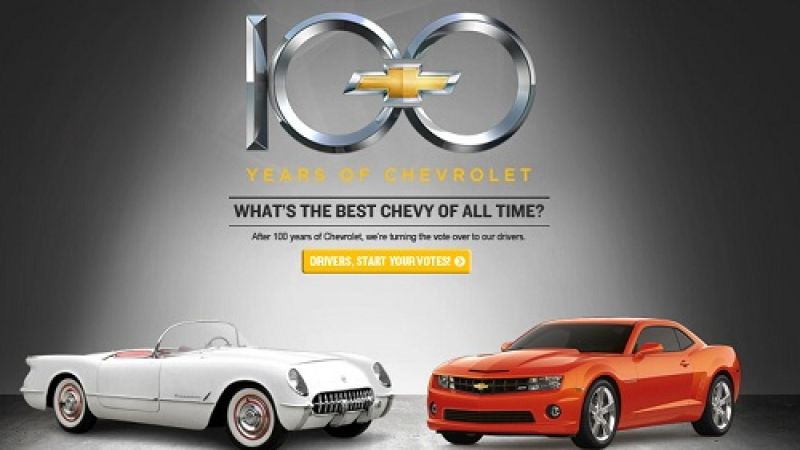One thing is clear. After its bankruptcy and selling off Pontiac, Saab, Hummer and Oldsmobile, as well as other divisions, GM is more focused on core brands.
This year, 2011, is the 100th anniversary of Chevrolet. As part of the celebration, GM is highlighting the brand’s history, including some hazy history on the Chevrolet Bowtie logo.
Facts about the origin of logo are scarce, but there are several stories about how Willie Durant, Chevrolet’s founder, came to adopt it.
He said was inspired by a wallpaper design in a Parisian hotel at which he was a guest. The story goes that he tore a piece of the wallpaper off the wall and copied the design.
Durant’s daughter, Margery, wrote, in her 1929 book, My Father, that he often doodled nameplate designs at the dinner table. Her story is that he sketched out the design one night between the soup and the fried chicken.
Another accounting , taken from an interview with his wife Catherine, published in a 1986 issue of Chevolet Pro Magazine. Sge said that Durant was reading the newspaper in his hotel room while he and his wife were vacationing in Hot Springs, VA in 1912 when he spotted the design—she did not mention where. He told her he thought it would make a good emblem for Chevrolet.
In a Nov. 12, 1911 edition of The Constitution newspaper, published in Atlanta, The Chevrolet Review historian and editor Ken Kaufman found an advertisement from a coal company that had a slanted bowtie form very similar to the shape that would soon become the Chevrolet icon. The product was called ‘Coalettes.” It was a refined fuel product for fires sold by the Southern Compressed Coal Company. The date of the paper was just nine days after the incorporation of the Chevrolet Motor Co.
Another possible explanation is that the bowtie is a stylized version of the cross of the Swiss flag. Louis Chevrolet was born in Switzerland at La Chaux-de-Fonds, Canton of Neuchâtel, to French parents, on Christmas Day 1878.
Whichever story is true, the bowtie would emerge as the definitive Chevrolet logo within a few years. An October 2, 1913 edition of The Washington Post appears to be the earliest known example of the symbol of the brand. “Look for this nameplate” the ad proclaims above the emblem. Customers the world over have been doing so ever since.
There have been many variations in coloring and detail of the Chevrolet bowtie over the decades since its introduction in late 1913, but the essential shape has never changed. In 2004, Chevrolet began to phase in the gold bowtie that today serves as the brand identity for all of its cars and trucks marketed globally.
Chevrolet, which is among the top five car brands by sales globally, had about 4.25 million sales in 120 countries in 2010.
Also see: Tracing the nebulous origin of Chevrolet's bowtie nameplate











